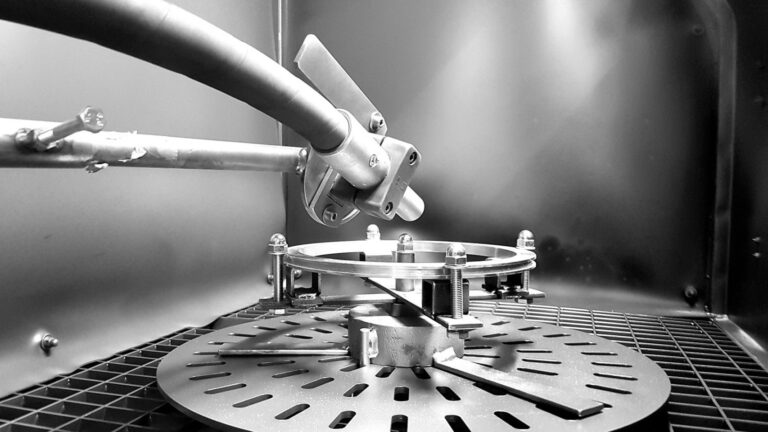Surface finishing plays a crucial role across multiple industries, ensuring that products not only perform well but also meet aesthetic expectations. Over time, technology has advanced dramatically, leading to more efficient, precise, and environmentally conscious methods of treating surfaces. One of the most notable developments has been the rise of innovative blasting technologies that offer enhanced results without damaging the base material.
A Brief History of Surface Finishing
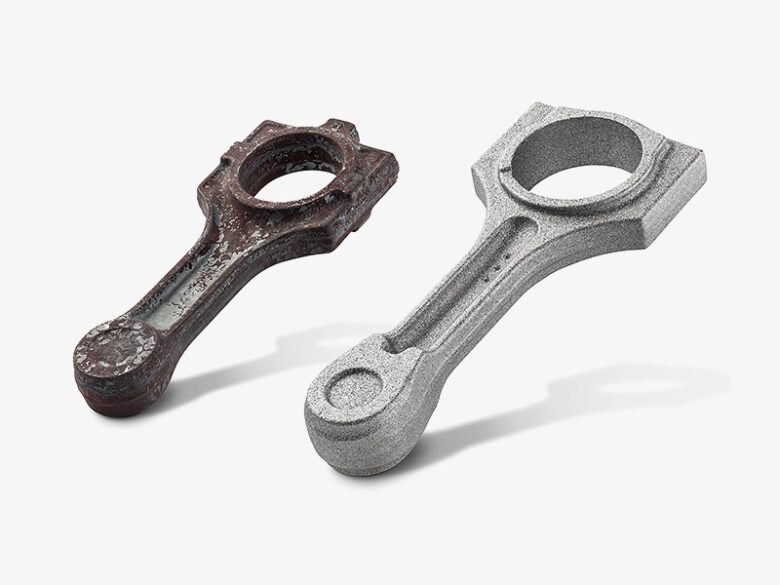
Surface finishing dates back centuries, with artisans polishing metals and stones to create tools, ornaments, and weapons. Early techniques relied heavily on manual labour, with abrasive stones and sand being the primary tools.
The Industrial Revolution marked a turning point, as new machinery made it possible to process larger volumes of materials with consistency. By the 20th century, blasting methods such as sandblasting became standard in workshops and factories. These techniques paved the way for more advanced and specialised systems in use today.
Why Surface Treatment Matters
The importance of surface finishing goes far beyond appearance. In fact, it directly impacts performance, longevity, and safety. Key benefits include:
- Corrosion resistance: Protective coatings adhere better to clean, prepared surfaces.
- Improved mechanical performance: Removing imperfections can reduce stress points in metals.
- Aesthetic appeal: High-quality finishes enhance product value.
- Enhanced cleanliness: In industries such as aerospace or food processing, clean surfaces are essential.
Without effective finishing, products can deteriorate faster, coatings may fail, and the risk of defects rises significantly.
Modern Surface Finishing Techniques
Today’s industries rely on a range of finishing technologies, each chosen for specific applications. Some of the most common include:
Sandblasting
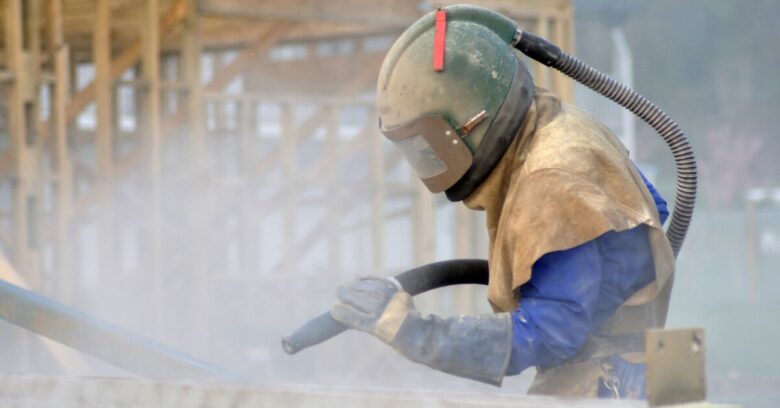
This is one of the oldest and most widely used techniques. Sandblasting uses abrasive particles propelled at high velocity to strip away coatings, rust, or contaminants. While effective, it can be harsh on delicate surfaces and poses health risks if not properly managed.
Shot Peening
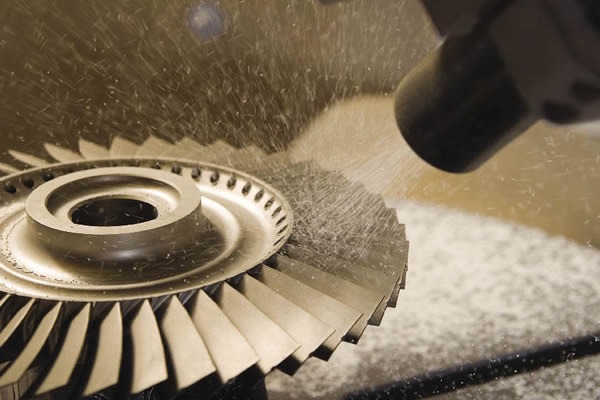
Shot peening involves bombarding a surface with small spherical media. Instead of removing material, it induces compressive stress that strengthens components, particularly in aerospace and automotive engineering.
Dry Ice Blasting
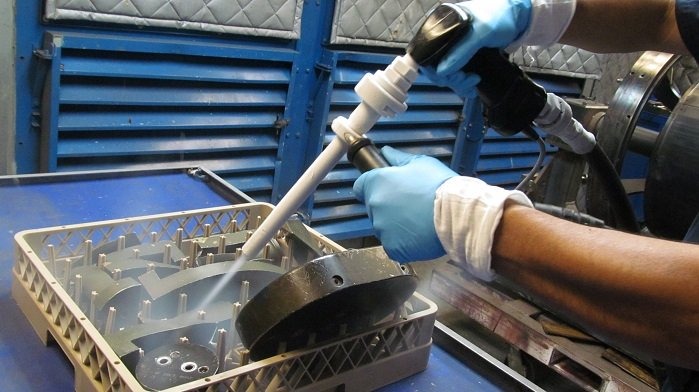
Using solid CO₂ pellets, this method cleans surfaces without secondary waste. As the pellets strike the surface, they sublimate into gas, leaving no residue behind. It is especially useful in industries requiring environmentally friendly practices.
Bead Blasting
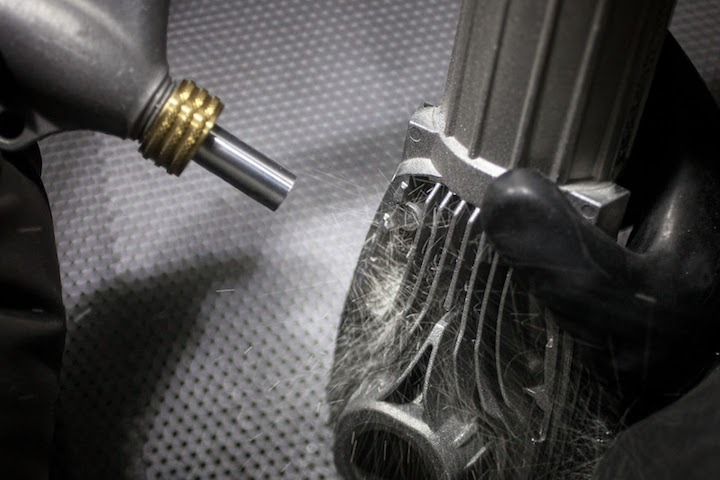
Glass beads are often used to create a uniform, matte finish. This technique is valued for its ability to improve surface appearance without causing structural damage.
Precision and Efficiency in Modern Manufacturing
As industries demand tighter tolerances and higher-quality finishes, the tools used in surface preparation have had to evolve. Efficiency, safety, and sustainability are now key considerations. Traditional blasting methods, while effective, sometimes fall short of modern requirements, particularly when working with sensitive components such as aerospace parts or high-value restoration projects.
This is where advanced methods, such as vapor blasting, have gained attention.
The Rise of Wet Blasting Technology
Unlike traditional dry blasting, wet blasting combines abrasive media with water. This slurry-based approach cushions the abrasive action, preventing excessive wear on the material being treated. The result is a gentler yet highly effective finish.
Industries appreciate wet blasting for its versatility. It can clean, polish, and degrease in a single process, making it ideal for both industrial manufacturing and restoration work. The process also produces less dust, improving operator safety and creating a cleaner workspace.
Advantages of Using a Vapor Blasting Machine
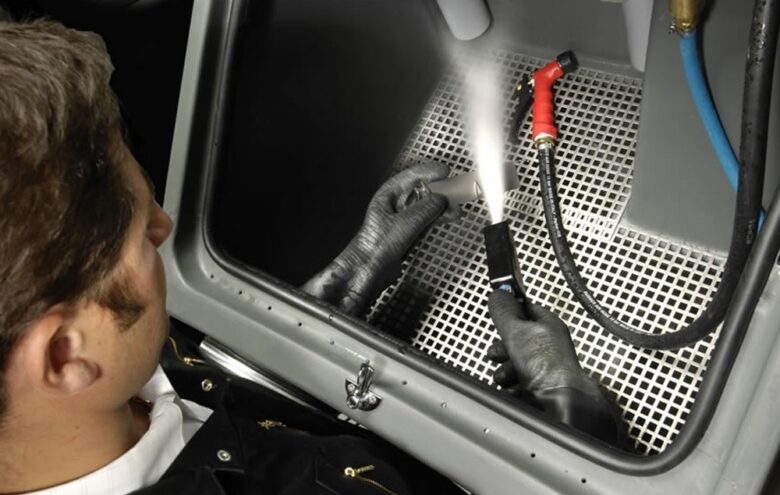
The demand for improved surface finishing has led to the increased adoption of the vapor blasting machine. This equipment is designed to handle a wide range of tasks, from preparing components for coating to restoring vintage parts.
Key benefits include:
- Reduced surface damage: The combination of water and abrasives prevents aggressive erosion.
- Superior finish quality: Components come out with a smooth, polished look.
- Eco-friendly operation: Less dust and minimal media consumption contribute to sustainability.
- Versatility: Suitable for metals, plastics, and delicate alloys.
In industries such as automotive, aerospace, and marine restoration, these machines have become a valuable addition to workshops and production lines. For those looking to invest in such equipment, a vapor blasting machine offers a reliable solution with proven results.
Future of Surface Finishing Technologies
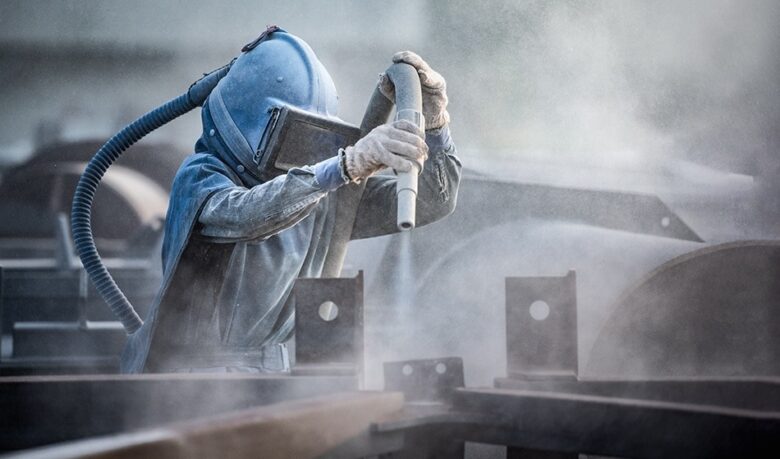
Looking ahead, advancements in automation, robotics, and artificial intelligence are likely to reshape how surface treatment is carried out. Smart systems could automatically adjust blasting pressure, media type, and flow rates depending on the material being processed.
Sustainability will also remain a major driver, pushing for solutions that reduce waste, energy consumption, and environmental impact. Technologies like vapor blasting align well with these goals, offering a cleaner and more efficient method that meets the high standards of modern industries.
Conclusion
Surface finishing has come a long way from simple manual polishing techniques to the sophisticated systems of today. Whether in heavy industry or delicate restoration work, achieving the right finish is essential for both performance and appearance. With innovations such as the vapor blasting machine leading the way, manufacturers and workshops can expect even greater precision, efficiency, and sustainability in the years to come.

